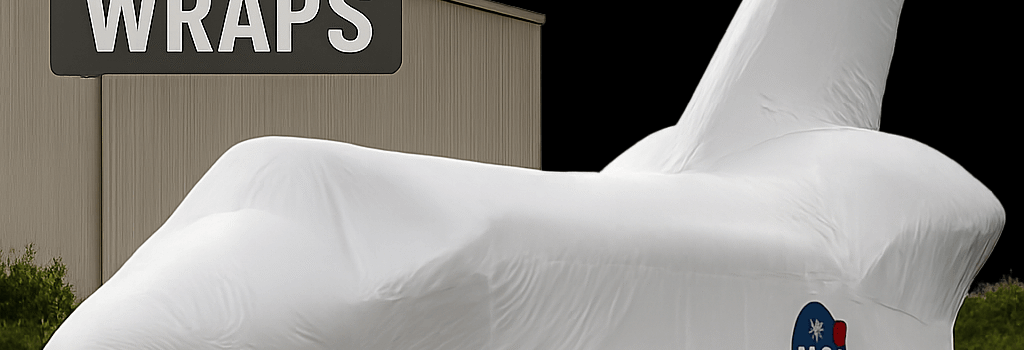Houston’s Hidden Space Shuttle: NASA Keeps It Under Wraps

Background on the Shuttle Relocation Initiative
On August 5, 2025, Acting NASA Administrator Sean Duffy formally identified that one of NASA’s three remaining flight-ready orbiters will be moved to a non-profit facility near the Johnson Space Center in Houston. While Senators John Cornyn (R-Texas) and Ted Cruz (R-Texas) championed the effort in Congress, the exact identity of the orbiter remains undisclosed.
Legislative Drivers and Political Support
Earlier this year, Senator Cornyn introduced the “Bring the Space Shuttle Home Act,” directing NASA to transfer a winged orbiter that had flown in space and carried crew to Space Center Houston. The final language, tucked into the “One Big Beautiful Bill” signed by President Trump, allocated $85 million for transport and exhibit construction. Proponents argue Houston’s longstanding heritage—training Apollo astronauts, hosting Mission Control, and developing critical life-support systems—makes it the ideal host.
Logistical Challenges and Technical Requirements
Orbiter Specifications and Handling Constraints
- Mass and Dimensions: Approximately 78 metric tons dry weight, 37 m wingspan, 18 m length.
- Structural Sensitivities: Carbon-carbon leading edges, thermal protection tiles, hydraulics, and wiring harnesses remain fragile after decades of atmospheric reentry cycles.
- Removal of Hazmat: Residual hydrazine, Freon, and solvents must be fully degassed per NASA Safety Standard 8719.25 before any ground transport.
Transport Options and Infrastructure
A future move could follow precedent: NASA’s specially outfitted C-5 Galaxy airlift and a custom cradle for over-the-road haul by self-propelled modular transporters (SPMTs). Rail transport has been used for solid rocket booster segments, but clearance under bridges and dynamic load limits often favor highway routing. Dr. Jane Smith, an aerospace systems engineer at JSC, notes:
‘Each tile on the orbiter can bear a point load of only 5 kg. Any vibration beyond 0.5 g rms risks microfractures, so we employ hydraulic dampers and laser-guided alignment during every transport phase.’
Legal and Ownership Considerations
Unlike Atlantis (retained at Kennedy Space Center) and Endeavour (transferred to California Science Center in 2012), Discovery sits at the Smithsonian’s Steven F. Udvar-Hazy Center under a full transfer of rights. NASA’s Congressional Research Service warns that moving an orbiter owned by a non-federal entity may exceed the Administrator’s statutory authority. Legal expert Nick O’Donnell explains:
‘Once the Smithsonian holds “all rights, title, and interest,” any attempt to reclaim Discovery without negotiation could infringe on the Fifth Amendment’s protection against taking private property for public use without just compensation.’
Conservation and Preservation Best Practices
Discovery’s current exhibit environment features ISO-class cleanroom air handling, 50 ±5% relative humidity, and temperature control at 20 ±2 °C. Moving the orbiter risks exposing it to contaminants, mechanical shock, and fluctuating climate conditions. Dr. Alan Torres, lead conservator at the National Air and Space Museum, warns:
‘Our preservation plan includes tile-by-tile mapping, ultrasonic wall thickness gauging, and real-time strain monitoring. Deviating from NASA’s original protocols could accelerate tile delamination and corrode internal support structures.’
Impact on Public Engagement and STEM Education
Space Center Houston projects over one million additional annual visitors once the shuttle arrives. Interactive displays—augmented reality maintenance simulations, cockpit walkthroughs, and live telemetry feeds from Johnson—will immerse guests in Orbiter Processing Facility operations. STEM educators anticipate partnerships that leverage the shuttle as a hands-on platform for propulsion, robotics, and materials science curricula.
Additional Analysis: Long-Term Facility and Financing
The $85 million allocation covers transport and a temporary canopy, but constructing a permanent thermal-controlled hangar and visitor amenities could push costs north of $120 million. Public–private fundraising drives and NASA’s Education Office grants are expected to fill the gap.
Additional Analysis: Comparative Case Studies
The Endeavour move in 2012 required 70 days of route surveys, 56 specialized support vehicles, and coordination with 250 municipalities for road closures. Lessons learned include preinstalling modular bridge sections and using satellite-linked monitoring to track humidity and shock levels in real time.
Additional Analysis: Future Orbiter Displays and Virtual Experiences
Beyond physical relocation, NASA and Space Center Houston are exploring digital twins rendered in Unreal Engine for VR headsets. Visitors could virtually ride launch simulation profiles, inspect sub-surface X-ray scans of TPS tiles, or monitor simulated plumbing system failures—all without risking the actual orbiter.